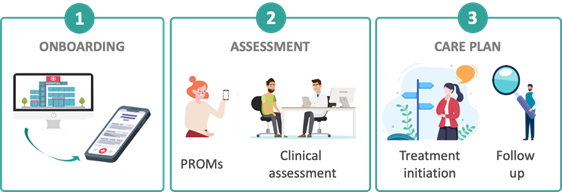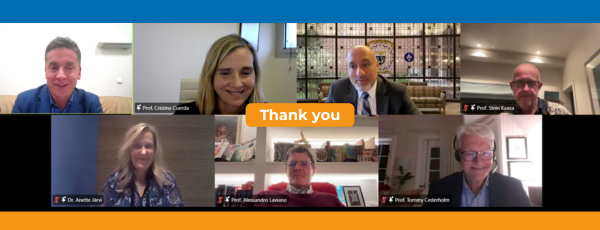Professor Stein Kaasa presented MyPath at the ESPEN-MNI Webinar
On November 12th, Professor Stein Kaasa participated in the ESPEN-MNI Joint Webinar, where he presented the MyPath project. The webinar focused on cancer and malnutrition, and Kaasa shared insights on how MyPath can help improve patient care.
The MyPath digital solution will screen patients for risk of malnutrition, assess their nutritional status and identify conditions such as moderate and severe malnutrition. The system provides tailored advice based on the patient's nutritional status and condition, as well as nutrition impact symptoms, in accordance with international guidelines. This innovative tool has the potential to enhance nutritional care for cancer patients, and we are proud to share this development with our colleagues and partners.


Professor Kaasa was accompanied by other researchers who highlighted several key issues: the widespread misperception that malnutrition does not affect many cancer patients, despite 2/3 suffering from cachexia within four months of diagnosis; the need to shift focus from solely curing cancer to treating the patient holistically, as many patients die from complications like cachexia and sarcopenic obesity; the importance of assessing patients' nutritional status from the time of diagnosis rather than when it is too late; the global issue of undetected or untreated malnutrition in hospitals, which incurs significant costs and requires standardized practices; and the GLIM approach for oncology patients, which offers a simple and feasible way to diagnose malnutrition regardless of available resources.